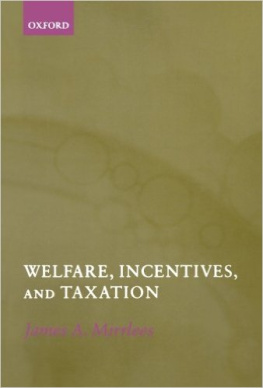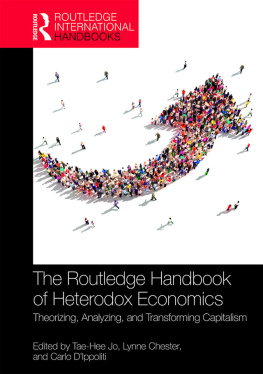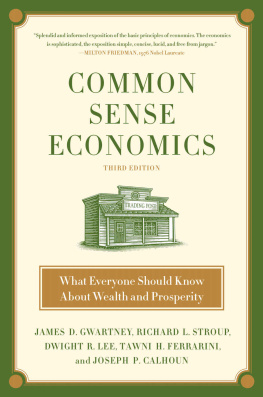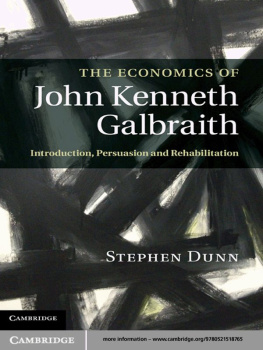WELFARE, INCENTIVES, AND TAXATION
Welfare, Incentives,
and Taxation
JAMES A. MIRRLEES






Preface
The papers collected in this volume are, with one or two exceptions, about welfare economics. Some economists believe that welfare economics can be briefly stated: competitive markets should be allowed to operate without interference, and the role of government is to maintain the rule of law and attempt to eliminate the exercise of monopoly. These papers embody a different view. They assume that governments should do good, and try to work out how, specifically, they should do it. Markets play a role, but so do taxes, of many kinds. The aim is always to induce people to do what they should do, in their own interest, and the interests of others. If we were all perfectly competent at making decisions and carrying them out, there would be no need to analyse mathematically how much a person should save, how much devote to medical insurance, how many children to have. If we were ideally virtuous, there would be no need to study what people should pay in taxes to finance subsidies to the poor, the employment of a police force, and provision of an urban infrastructure, or to find ways of reducing the environmental damage we do.
It would he satisfactory if welfare economics told us, simply, that free trade is best. Then there would be no need to establish a good empirical model, and specify a widely agreed quantitative measure of welfare, in order to provide a recommendation. Sometimes such general principles do arise. The fifth paper discusses a proposition that optimal scales of production are achieved if production takes place in towns each producing a single commodity (with economies of scale). Firms exercise monopoly power (in labour markets), and yet, in these circumstances, the exercise is benign. Sadly, the conclusions that can be drawn in welfare economics are seldom so general and qualitative. We cannot provide a straightforward numerical answer to the question how much a person, or a country, should save. But only a precise numerical answer is worth having. At least, we need to understand what facts and values determine that answer, and how. Fortunately it is an interesting problem. Governments are still thinking about the determination of pensions and pension contributions. Regrettably, they frequently decide to make life easier for successor governments by determining the contributions and not the pensions.
Economists (and most others) have long recognized that the marginal tax rate on labour income should not be a 100 per cent., because taxing away all income increments eliminates the incentive to supply labour. That is an interesting point, but not very. The really interesting question is how high incometax rates should he. Again, it is a quantitative question. A qualitative remark is really of no value: indeed deploying the simple argument has been pernicious: in a strange way it is used to justify claims that fifty per cent. tax rates must he too high, or even that twenty-five per cent. is as high as it should go. Clearly precise analysis is required. The sixth paper in the volume provides such an analysis, inevitably for a very simple model. There is more (including rigorous proofs) in the eleventh paper, and the tenth, twelfth and thirteenth papers pursue the exploration further. The fourteenth paper tries to apply the ideas more directly to real policy issues.
This simple model was intended to be realistic. In economics, realism is hard to assess or achieve. It means that the most important features of economic reality are represented in approximately accurate quantitative proportions. But it is a treacherous judgment to decide what are the important features. The model in the optimal income tax paper has no time dimension, and in particular consumers have no uncertainty about their futures. People in the model differ in only one aspect: the hourly wage rate. Now that is an important feature of economic reality. The fact that people are different, to a substantial degree, is an essential element in any economic model (but a feature that has very often been missing in the models economists use). Certainly it is a key feature if we are to study income taxation. I decided that the time dimension was not nearly as important. People's lifetime labour supply was collapsed into a single variable; and their lifetime consumption, of all goods, at all times, was similarly reduced to one variable. Then the observed inequality of wage-income in one country at one time was taken as a realistic figure for inequality of lifetime wage-rates in the model. What else could one do? The results do not constitute recommendations to any particular country. They indicate the sorts of results one would get for a more realistic model.
It is hard to establish a realistic economic model with a sufficiently rich set of variables. It is even quite hard to determine realistic values of the parameters describing preferences for the simple model used in the paper. The New Jersey income-tax experiments showed that for the people in the experiment, making relatively short-term labour-supply decisions, the elasticity of substitution between labour and consumption was fairly low, and varied considerably in the population (a feature not easily captured in the simple model). Economists working with real-business-cycle models claim that the elasticity is very high, for the models to mimic real economic history. I am sure the experiments came closer to the truth, although it is true that they do not tell us about higher wage individuals. It is a pity that I did not explore the connections between laboursupply preferences and optimal tax rates in that paper. Good work has been done since, by Tuomala and others. The tax rates found in my paper were relatively low, and in many cases decreased with income in the upper income range. The later calculations, with what I believe are more realistic specifications, gave much higher rates.
The paper provided a method for calculating solutions to principal/agent problems of a particular kind. These are problems where one wants to find the optimal budget constraint, or contract that the principal would wish to impose on agents, each of whom knows perfectly his own preferences and the outcome of actions. The principal cannot observe the characteristics of individual agents: the budget constraint must therefore be the same for all. It is this asymmetric information that gives the problem its particular character. The challenge is to identify the optimum, which means providing sufficient conditions for optimality. In all principal/agent problems, one cannot be satisfied with necessary conditions. That is what standard mathematical techniques provide, but it is of no use to present a solution that might be the optimum: we need to be able to prove that it is, and for that sufficient conditions are required. It is satisfactory that in the income-tax problem, one can, under economically reasonable assumptions, find such conditions, and compute optima. Unfortunately, when one goes to more general settings, which could be more realistic, for example models with more than one unobservable characteristic, it is even less straightforward to obtain sufficient conditions.













